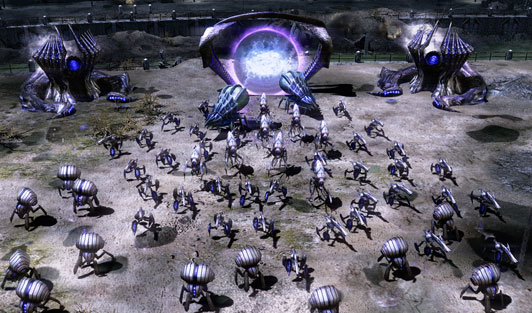Asce 7-10 Chapter 30 Pdf
Download with Google Download with Facebook or download with email. CHAPTER 30 WIND LOADS - COMPONENTS AND CLADDING - Gust Effect Factor (Section 26.9) - Enclosure classification (Section 26.10) - Internal pressure coefficient (GCp;) (Section 26.11). 30.2.2 Minimum Design Wind Pressures. Significant changes from ASCE 7-05 to ASCE 7-10. Are as much as 30% smaller in the New Madrid, Mo. ASCE 7-10 Fig. 22-1 through 22-6.
Easy-to-use mapping features offer a better way to look up important design variables chosen by Standard ASCE 7. New: Serviceability breeze speeds right now returned with web site wind velocity.
New: Seismic information extended to include 14 coefficients, the seismic style classification, and both horizontal and straight reaction spectra. Make use of site to draw precise risk data for wind, seismic, ton, snow, rainfall, ice, and tsunami risk. Generate a record showing danger information for your place New Item Upgrades Coming Soon!. ASCE 7 Threat Tool will identify hurricane-prone areas and wind-borne particles regions, as described in ASCE 7-16, Part 26 and ASCE 7-10. The can be now accessible. Learn more about subscription options. Associated Content articles in ASCE Library The Tsunami A lot and Results Subcommittee of thé ASCE/SEI 7 Requirements Committee has created a brand-new Part 6 - 'Tsunami Tons and Results' for Least Design Loads and Associated Requirements for Structures and Some other Constructions, ASCE/SEI 7-16.
Asce 7-10 Chapter 29
The 'Tsunami Loads and Effects' chapter will turn out to be the very first nationwide, consensus-based regular for tsunami resilience for use in the says of Alaska, Washington, Oregon, California, and Hawaii islands. This collection of posts highlights the need for tsunami weight design specifications for crucial infrastructure, especially in locations of the country most at risk.
